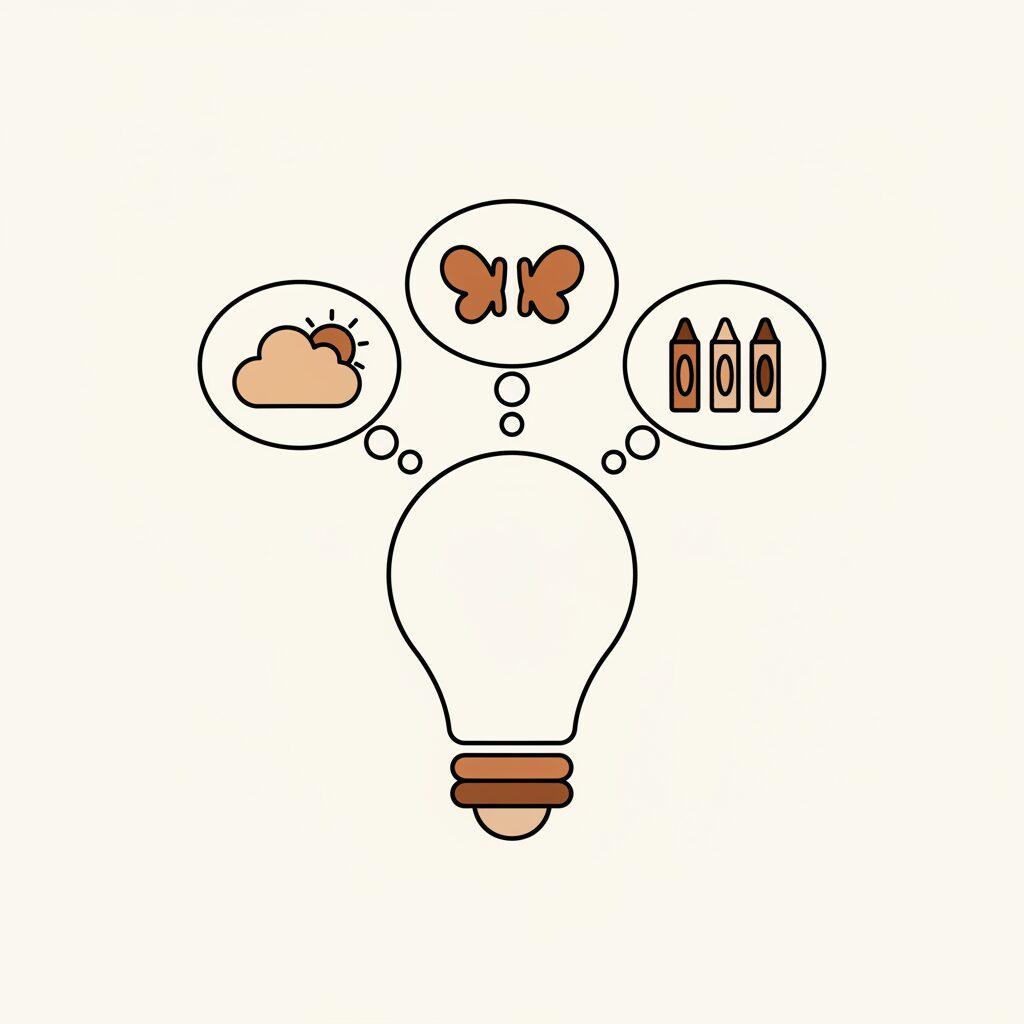
Ever pause when your kid fires up an AI assistant for homework help, wondering about the invisible toll on our planet? Turns out, that split-second query might be lighter than a dandelion seed. Google’s recent report reveals a startling truth: the energy used for a single Gemini text prompt equals watching TV for less than nine seconds. That’s it. Less than the time it takes to tie a shoelace or hum your child’s favorite chorus. And the water? Just five drops. Suddenly, those midnight worries about tech’s environmental cost feel a little less heavy, don’t they? But let’s dig deeper—this isn’t just about numbers; it’s about how we frame our kids’ growing dance with digital tools.
The Magic in the Microscopic: Why Five Drops of Water Changes Everything

Let’s talk about five drops of water—the exact amount Google reports for a median AI prompt. Picture this: your child’s juice box at school. Now imagine just five tiny drops from it. That’s the water used per question. It’s barely enough to quench a ladybug’s thirst! This isn’t guesswork; it’s measured across Google’s global fleet, as they detail transparently. They even broke down every piece: from the server humming quietly to cool data centers, to the electricity keeping systems ready for sudden spikes in curiosity.
But here’s the real kicker—and why this matters for us parents: these numbers are 33 times smaller than they were just one year ago. Think about that! While our kids were mastering tying shoes or reading their first chapter books, engineers were quietly making these tools astonishingly efficient. It’s like watching a sapling shoot up overnight into a sturdy oak. And the carbon footprint? A mere 0.03 grams per prompt—less than the CO2 you’d exhale in three breaths. This? Pure hope fuel! Why not try it over snack time? “What if we counted five drops in your water cup? That’s all it takes for AI to help with your spelling homework!”
From Heavy Footsteps to Featherlight Hops: The Speed of Progress

Remember when your toddler’s first steps felt like epic marathons? Then, almost magically, they were sprinting across the playground. Tech’s journey mirrors that. Google’s report shows a 33x energy drop in just twelve months—faster than kids outgrow their rain boots. How? Through cleaner energy, smarter software, and hardware humming at peak efficiency. This shows loud and clear that when we prioritize responsibility, progress isn’t just possible; it’s explosive.
We’ve all fretted: “Will tech choices today haunt our kids’ tomorrow?” But this trajectory whispers back, “Not if we keep steering with care.” It’s like teaching a child to ride a bike: wobbly starts give way to confident glides when we focus on balance. The key? Holding companies accountable while celebrating wins—so our kids inherit a world where innovation and stewardship grow side by side. That’s the kind of future we’re nurturing, one thoughtful step at a time.
Beyond the Numbers: Raising Kids Who Balance Wonder and Wisdom

Let’s be real: those nine seconds of TV energy shouldn’t erase all screen-time talks. The real issue isn’t the prompt’s footprint—it’s whether our kids trade sidewalk chalk for endless scrolling. So yes, keep those boundaries. But let Google’s report lighten the guilt. When your child asks an AI for a story idea, it’s barely a blip on Earth’s radar. What does leave a lasting mark? The moments we choose with them—like building pillow forts or tasting every berry at the farmers’ market.
Try this simple swap: next family game night, dust off that board game instead of firing up a digital quiz. Feel the cards, hear the laughter, smell the popcorn. Not because the AI prompt costs the planet—but because this is where resilience blooms. And hey, while cooking together, ask: “Which uses more energy: this recipe helper or our oven?” Then taste-test the answer. Suddenly, tech becomes a colorful tool in your child’s curiosity toolbox—not a tether. That’s the harmony we’re after.
The Real Energy We Should Nurture: Curiosity and Connection
Ever noticed how curiosity feels like bubbles?

What really keeps us busy as parents isn’t measured in watt-hours—it’s in the spark behind every “Why?” Imagine a child staring at clouds, asking why they float. That’s the moment to blow bubbles outside and laugh until cheeks hurt, not dive straight into search bars. The magic isn’t in the answer; it’s in the shared wonder.
Google’s report gives us permission to worry less about the tech footprint and more about feeding the human warmth that fuels growth. Let’s encourage kids to unplug and chase fireflies, plant seeds, or scribble stories with crayons. Because when we nurture curiosity through real connection—whether chasing butterflies or sharing jokes over pancakes—we’re building a future far brighter than any server farm. And that, my friends, is an energy investment that always pays dividends. It’s the quiet hum of resilience we hear when our kids choose to explore the world with their whole hearts.
Source: How Much Energy Does Google Gemini Actually Use Per Prompt?, BGR, 2025/09/01
